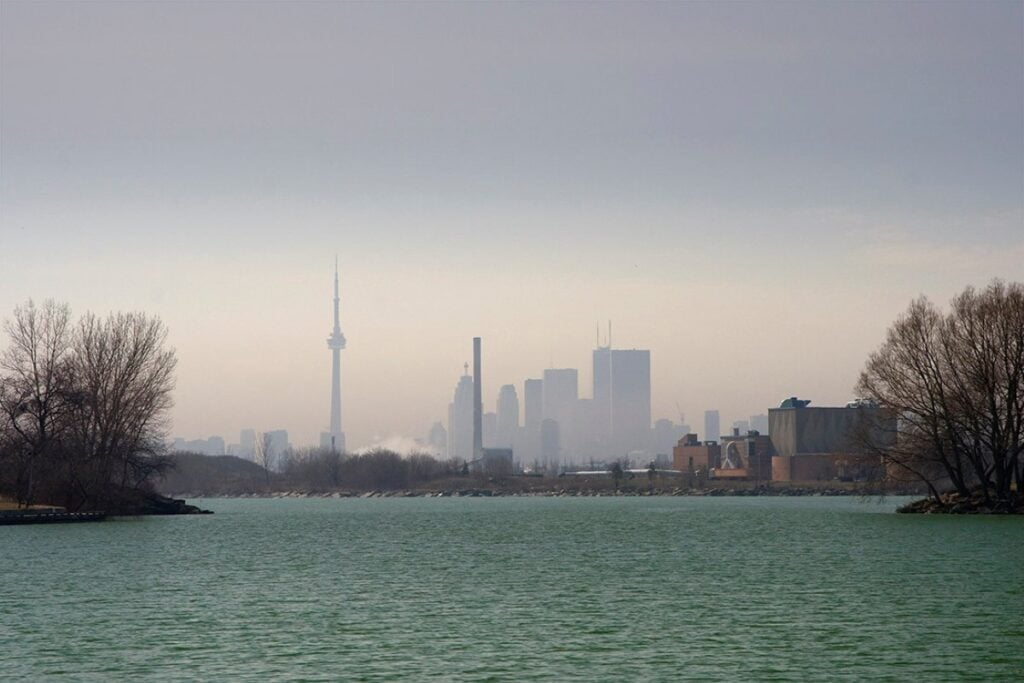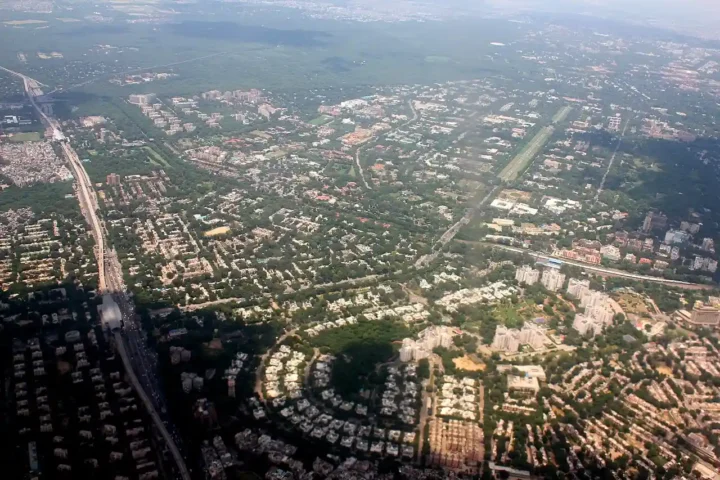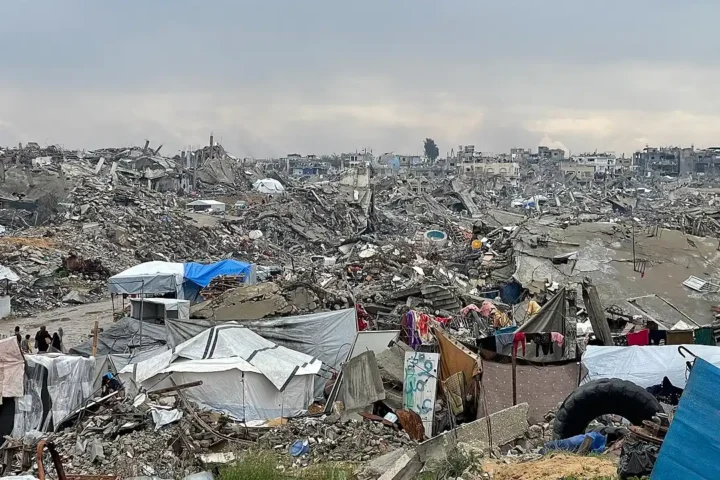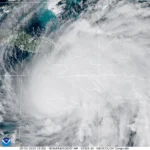Heavy rain, flash flooding and possible tornadoes threaten the Greater Philadelphia region today as a potent weather system moves through. The National Weather Service has issued flood watches from 2 p.m. Thursday through 6 a.m. Friday for Philadelphia and surrounding counties.
Flash Flood Risk Simulator
Risk Level: None
- Avoid driving through flooded roads.
- Tune in to NOAA Weather Radio for alerts.
- Secure outdoor furniture and loose items.
- Familiarize yourself with evacuation routes.
What’s Coming and When
A powerful storm system will march eastward across our region starting this afternoon, bringing several hazards:
- Flash flooding risk: The Weather Prediction Center has placed our area under a Level 3 (out of 4) risk, affecting about 23 million people along the I‑95 corridor.
- Rainfall amounts: Generally 1–3 inches expected, with isolated pockets receiving 5–7 inches where storms repeatedly form.
- Rainfall rates: Some storms capable of dumping more than 2 inches per hour.
- Timing: The storms are forecast to push into eastern Pennsylvania late this afternoon, cross the Delaware Valley by early evening, then move into South Jersey and northern Delaware tonight.
- Tornado potential: The Storm Prediction Center has issued a Slight Risk (Level 2/5) for isolated severe storms, including the potential for small tornadoes, mainly south of I‑78.
- Damaging winds: Locally damaging gusts (potentially 50–60 mph) may occur, especially in downburst cores.
Why This Storm Is Concerning
Current USGS stream‐gage data indicate several local waterways are above typical levels for this time of year, suggesting elevated soil moisture and heightened flooding susceptibility.
Philadelphia’s combined‐sewer system faces particular challenges during heavy rainfall events. In late July 2021, remnants of Hurricane Ida caused widespread flooding in the city and suburbs, resulting in hundreds of water‐rescue calls.
NBC10 meteorologists reported that storms are capable of producing rainfall rates exceeding 2 inches per hour, posing a rapid flood threat to roadways.
Safety Precautions
- Avoid driving through flooded roadways—just 12 inches of moving water can sweep away most vehicles.
- Keep your NOAA Weather Radio on for alerts, especially warnings about repeated “training storms“.
- Secure outdoor furniture and other items that could become projectiles in strong winds.
- Know your evacuation routes if you live in flood-prone areas.
- For sewer backup or basement flooding, contact the Philadelphia Water Department Customer Service line at 215‑685‑6300.
- Monitor local stream gauges at the USGS site.
Looking Ahead
Once the system clears overnight, improved weather is expected for the weekend. Friday through Sunday will feature highs in the mid‑70s to low‑80s with significantly lower humidity levels.For the latest updates, the National Weather Service Mount Holly office has published a detailed briefing document and maintains real-time alerts on their Twitter feed.
Frequently Asked Questions
What is a Flood Watch?
A Flood Watch means conditions are favorable for flooding but it is not certain to occur :contentReference[oaicite:0]{index=0}
You should stay alert and have a plan ready in case water levels rise :contentReference[oaicite:1]{index=1}
What does a Level 3 flash flood risk mean?
Level 3 is a moderate risk where numerous flash floods are likely :contentReference[oaicite:2]{index=2}
This means heavy rain could cause flash flooding in many areas with some events being significant :contentReference[oaicite:3]{index=3}
How much rain can trigger flash flooding?
Flash floods can start when rain rates exceed 2 inches per hour :contentReference[oaicite:4]{index=4}
Steady rainfall of 3–4 inches in a few hours can also overwhelm streets and drains :contentReference[oaicite:5]{index=5}
What is a “training storm”?
A training storm is when storm cells move over the same spot repeatedly :contentReference[oaicite:6]{index=6}
This can dump large totals of rain quickly and increase flood risk :contentReference[oaicite:7]{index=7}
How can families stay safe during flash floods?
Avoid driving through flooded roads—just one foot of moving water can sweep away a car :contentReference[oaicite:8]{index=8}
Keep a NOAA Weather Radio on for updates and warnings :contentReference[oaicite:9]{index=9}
What should I do if a Tornado Warning is issued?
Take shelter immediately in a basement or an interior room on the lowest floor :contentReference[oaicite:10]{index=10}
Stay away from windows and cover yourself with a mattress or heavy blankets :contentReference[oaicite:11]{index=11}
Why is soil saturation important for flooding?
Saturated soil cannot absorb more water, so rain runs off fast and pools :contentReference[oaicite:12]{index=12}
This increases the chance of flash flooding, especially in urban areas with lots of pavement :contentReference[oaicite:13]{index=13}
How do I monitor local flood conditions?
Check real-time stream gauges on the USGS website for river and creek levels :contentReference[oaicite:14]{index=14}
Follow your local NWS office on Twitter for instant alerts and updates :contentReference[oaicite:15]{index=15}



















